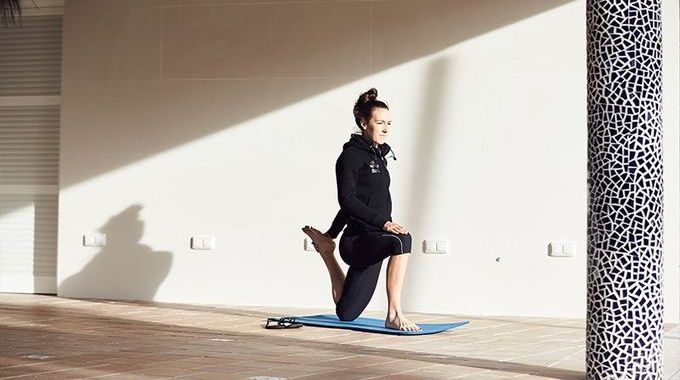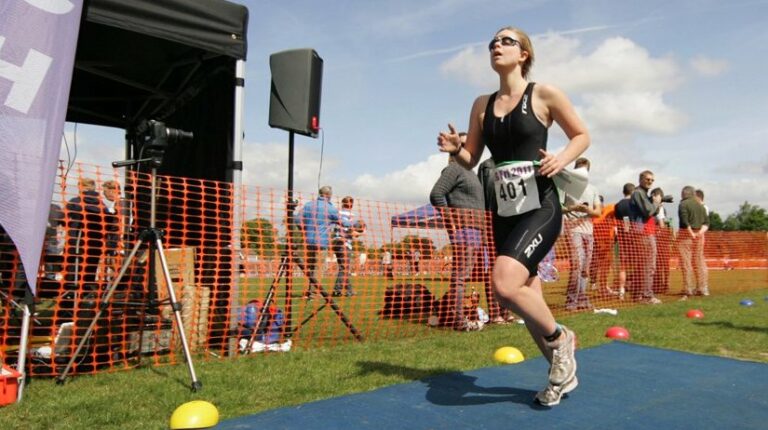There are endless reasons that we love cycling, but one of the major pull factors for many people is that it’s fairly easy on the joints compared to other activities – such as running. It’s not uncommon to see a cycling club run that features riders across a wide range of age groups – from bright young things in their teens, to grey haired stalwarts who can recite the winners of every Tour de France and Giro over the last few decades.
Many riders can keep on pedalling into their 70s and 80s and beyond – our favourite example being [then] 77-year-old Judy Robinson, who won TWC’s Unsung Hero Award in 2015 having led well over 100 Breeze Network rides.
All this said, as your body ages, things begin to change. The aging process is different for everybody, but there are some general rules of thumb and trends. We asked Lee Prescott, the director at cycling bike fit, coaching and service studio Velo Atelier to outline the considerations we should be taking at each milestone.
Precott, who has decades of experience fitting bodies to bikes and working with cycling coaches to help athletes reach their potential, tells us that the major changes start once we get to our 30s.
He explains: “As we get older, past 30, we do see some changes. Aerobic capacity – the ability for the heart and lungs to get oxygen to muscles – begins to decline. Body fat often increases, and muscle mass declines, as does mobility.”
However – hope is far from lost – he went on to say: “If you look after yourself there is no reason why you can’t still be enjoying your cycling well into your 80s and it is actually a great low impact exercise to prolong joint mobility and muscle range of motion.”
We asked Prescott to break down the changes into age groups, here’s what you need to think about as you age…













